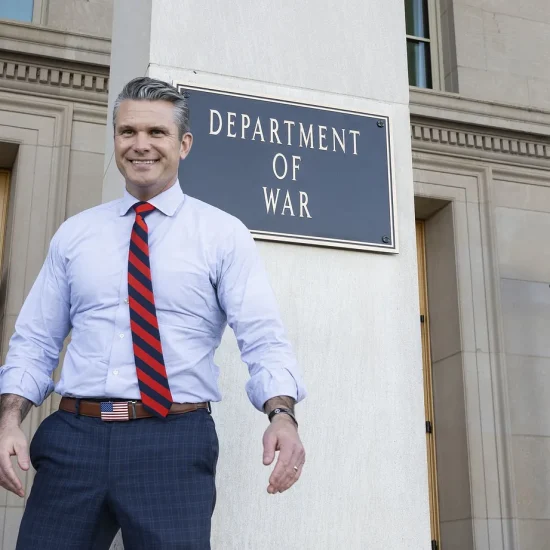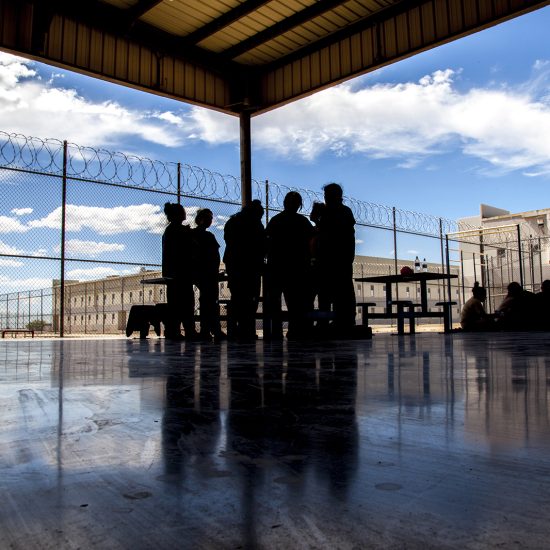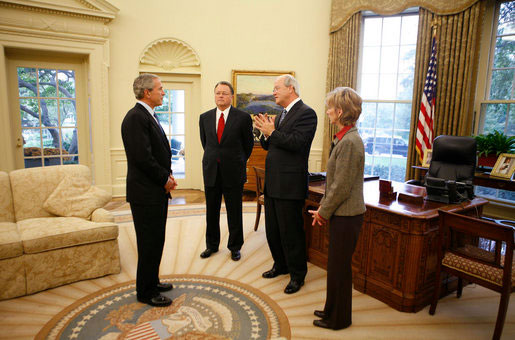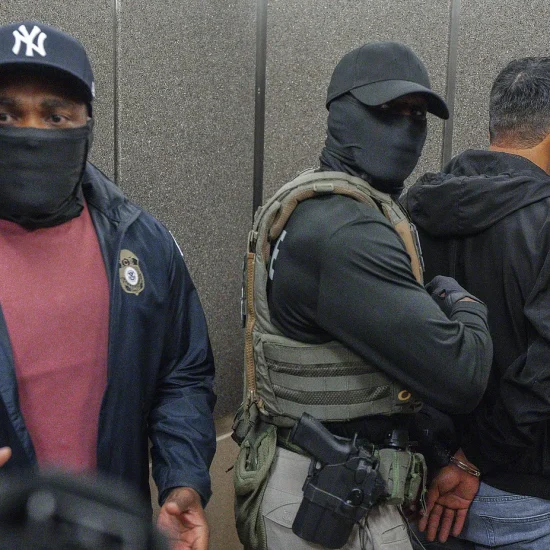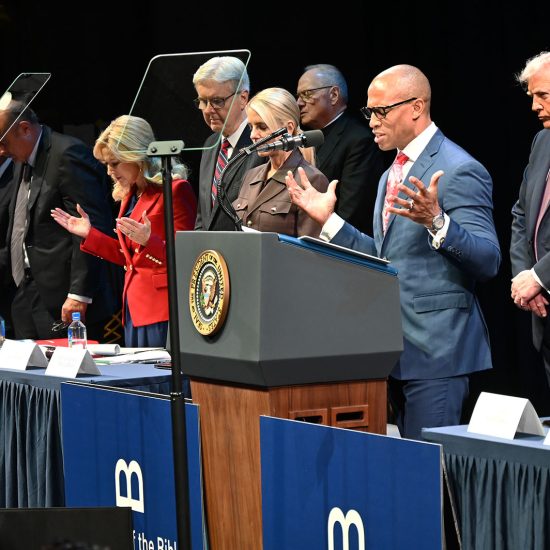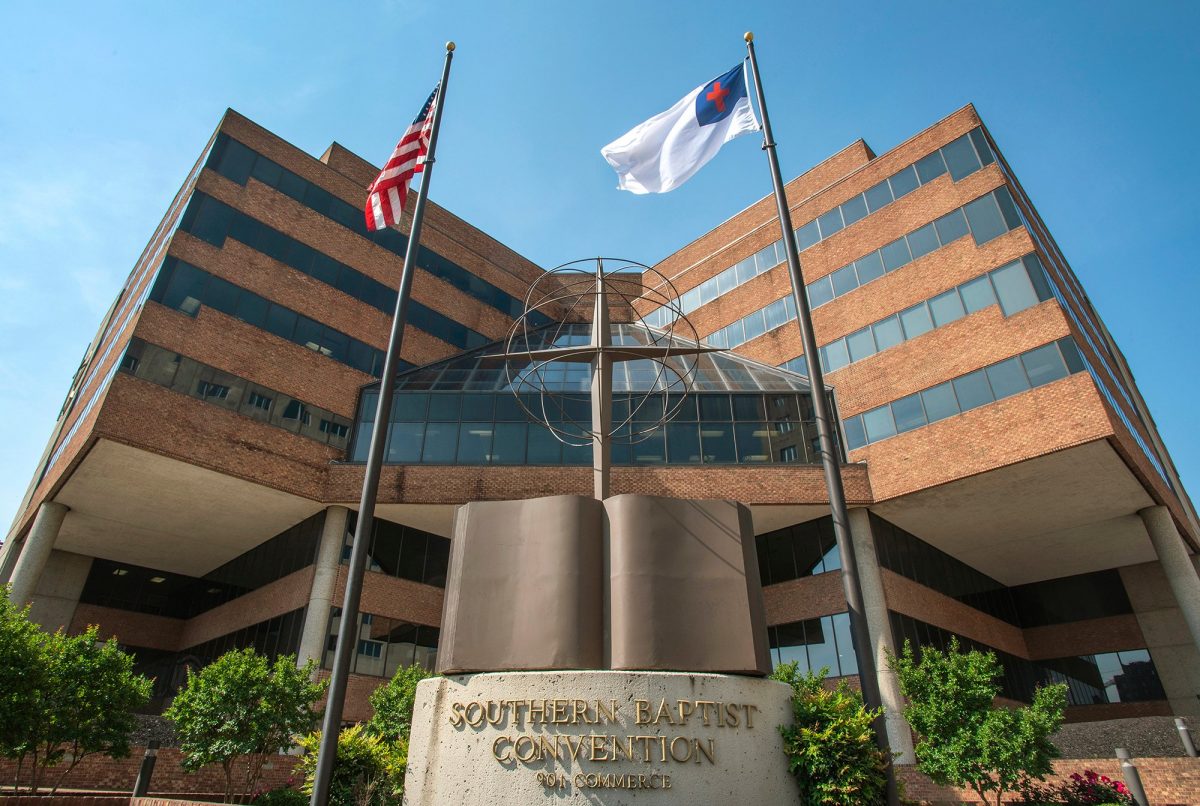
(RNS) — I remember the first time I walked into my first Southern Baptist church. I was 8 years old, a Black child living in the South, when my mother escorted me into the unreal vastness of First Baptist Church of Orlando.
I had grown up to that point in the Greek Orthodox Church, so I was used to majority race culture that was not my own. But I could tell this was different — the sheer magnitude of the sanctuary alone was astonishing. I was not too young to notice too that the church had no ministerial staff of color, among almost 20 pastors, despite the diverse central Florida community I knew outside its doors. (The church still has no Black pastors on its staff now.)
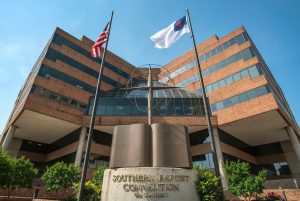
The Southern Baptist Convention headquarters in Nashville, Tennessee. (Baptist Press)
People of color were welcomed, and Jim Henry, the pastor at the time, had helped pass the denomination’s 1995 resolution to apologize for slavery. But it was clear that issues that affected people of color weren’t talked about in the daily life of the church.
First Orlando, as I call it, is still my home church, and I’m grateful for many warm memories. I attended a Southern Baptist university and seminary. I’ve served at several Southern Baptist churches and worked for them as an outside contractor. I now write for Southern Baptist publications. Suffice it to say, I’m pretty embedded within SBC culture.
Yet I wrestle with the racial underpinnings of the SBC that I first glimpsed at First Orlando — the same tendencies that I see in last week’s announcement by the presidents of the six SBC seminaries on the ideas about race and culture called critical race theory.
There are many versions and definitions of critical race theory. However, at its core, CRT analyzes how different social categories — not just race, but class and gender — often work together to advance or stymie the progress of individuals and society as a whole. It began at Harvard Law School in the early ’80s but has since become widely accepted in many levels of Black culture, and many leaders and people of color accept the theory’s conclusions.
I don’t intend to get into the specifics of CRT here, but to share an experience of a Black man when I heard about the perspective of prominent thinkers in the SBC, a denomination founded upon slavery.
I asked Southeastern Baptist Theological Seminary’s president, Danny Akin, about the meeting where the statement on CRT was devised. He shared that the six — all of them White men — talked on a Zoom call. He said Albert Mohler, president of Southern Baptist Theological Seminary, was the principal architect of the statement, but that they were all on the same page when it comes to issues of race.
I don’t think Akin and Mohler, both of whom I know, understand how problematic it is to have six White men meeting to discuss race without having anyone of color in the room to represent their experience. I find it deeply offensive that people would speak for the SBC on race when they themselves have never worn Black skin, never dealt with its historical and cultural inequities, nor had any firsthand experience of navigating the tensions of race in today’s world.
This problem isn’t only one of misunderstanding academic theories. As America’s demographics shift, the SBC’s attitudes toward race will begin to cost the SBC souls. In 2020, the SBC is led solely by White men. The denomination’s president and the heads of every one of the SBC’s denominational entities are White. White male leadership has been ingrained within the denomination since its founding in 1845, when it broke with the Northern churches over slavery.
This year, the denomination came up with a new slogan: “Who’s Your One?” The idea is for every Southern Baptist to find one person to pray for and share the gospel with — “Imagine the impact,” the campaign website says, if every Christian did so. One impact, of course, would be to double the size of the denomination, which has been losing members steadily for nearly 15 years. “Who’s Your One” seems to be a strategy to turn attendance and membership around.
But the numbers don’t add up — or they won’t add up unless the SBC takes an inclusive approach to evangelism. If the racial composition of the United States is changing rapidly, the attitudes of Americans, especially younger Americans, is changing even faster. It’s no mystery why, while our country has become more diverse, the denomination hasn’t grown.
The decline will only get worse as small groups of White men sit in rooms and make blanket statements regarding racial theories and programs regarding diversity. Rather than “who’s your one,” the SBC might as well build a campaign around “White people are the ones.”
It’s time for the SBC to reckon with itself and its history. It’s time for it to come to the realization that it has a race issue and to stop pretending it doesn’t. Its time for the SBC to include Black and other minority believers in any formative conversation. Though the denomination has only a limited number of seminary professors of color, its first thought should be to consult them before taking a position, in hopes of avoiding statements that are so unattractively skewed.
Christians inside and outside of the SBC should consider who is influencing their thinking on race. It’s folly to search for strategies and slogans to help grow the faith in an echo chamber of whiteness.
Akin and I had an enjoyable talk, which ended with prayer. But since our conversation, I can’t stop thinking about the story of the Apostle Paul and Barnabas. The New Testament’s Book of Acts describes how the apostle and his fellow teacher disagreed over another disciple who had abandoned them, and how the two friends separated and went their ways.
I’m a Southern Baptist. I’ve sometimes had reason to question whether the White men who run my denomination have my best interests in mind, as a follower of Jesus and as a person.
But when six men sequester themselves to draw conclusions about people who look like me, the verdict is no longer out.
Maina Mwaura is a writer and a speaker.

